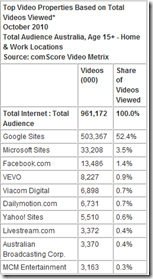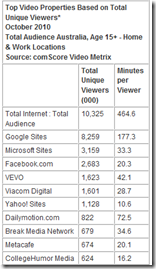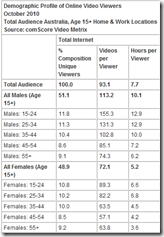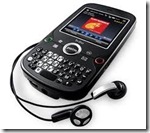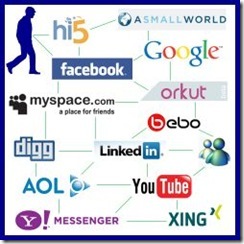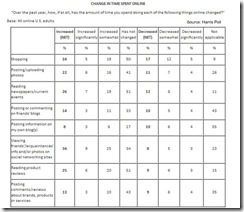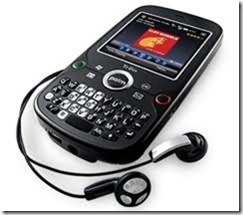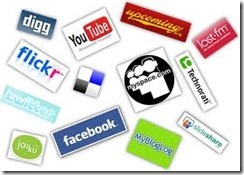 Slightly more than one in 10 (11%) US households self-reported a computer or internet crime on their home computer in the past year, which represents a new high according to Gallup.
Slightly more than one in 10 (11%) US households self-reported a computer or internet crime on their home computer in the past year, which represents a new high according to Gallup.
Computer Crime Rises 57% YOY
For the past several years, Gallup data shows self-reported US computer/internet crime rates holding a steady 6-8%, including 7% in 2009. However, this year’s 11% rate is a substantial 57% increase from the 2009 rate.
Computer Crime Third-most Reported
Of the nine types of crime Gallup asked Americans about in an October 7-10, 2010 survey, having money or property stolen received the highest mentions, at 16%, followed by having a home, car, or other property vandalized, at 14%. The trend for these has been fairly stable in recent years.
Computer/internet crime is the only other type of crime that registers in the double digits this year. However, the next-most common, identify theft, at 8%, is closely related by virtue of much of it occurring through hacking and fraudulent internet transactions. This is down slightly from the 10% who reported identity theft in 2009, the first year Gallup asked about this type of crime.
Fewer than 5% of Americans say that, over the past year, they or a household member was a victim in a home break-in, a car theft, a mugging or physical assault, a money or property theft by force, or a sexual assault.
Younger Americans Hit By Computer Crime More
The increase since 2009 in American households reporting computer- or Internet-based crimes comes mainly from Americans younger than age 55. Eighteen- to 34-year-olds are almost twice as likely to report these crimes as they were a year ago (11% compared to 6%), and 35- to 54-year-olds are also significantly more likely to do so (16% compared to 11%, a 45% increase). In contrast, the rate is virtually unchanged among those 55 and older.
In addition, while rates are similar by gender, the percentage of non-whites reporting computer/internet crimes (14%) is 40% higher than that of whites (10%), and has doubled in the past year. In contrast, the rate among whites has only risen 25%.
One-Third of Households Are Crime Victims
In the past year, a third of all U.S. households experienced at least one of the nine crimes Gallup measured, up slightly from previous years, and about 6% from 31% in 2009. When computer- or internet-based crimes (including identity theft) are excluded, the figure is similar to prior levels, at 26%.
Overall, 4% of Americans say they or a family member experienced some sort of violent crime, including a physical assault, mugging, or sexual assault.
Americans Tend to See Crime Increasing
In 2010, 66% of Americans view crime as increasing, and 17% say it is decreasing, according to other recent Gallup analysis which indicates Americans generally view crime as on the rise. Going back to 1989, 84% of Americans thought crime was increasing. This rate stayed above 80% until the mid-1990s, and then dipped to a recent low point of 43% in 2002, before shooting back up to 62% in 2003.
Sixty-six percent is still an improvement on recent figures. For example, 74% of Americans said crime was increasing in 2009, as did 67% in 2008 and 71% in 2007.





